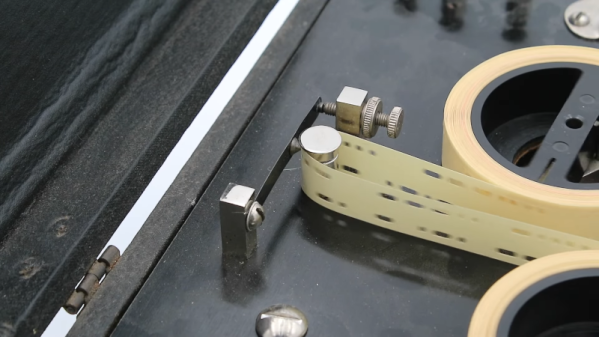The 2023 Halloween Contest might be over, but we saw some great entries and clever modifications bringing projects into the Halloween spirit. One of them is Creepsy by [Hazal Mestci], a Raspberry Pi-based robotic ghost able to autonomously pick people out of a crowd and glide towards them, emitting eerie sounds as it does so.
The tech behind Creepsy (GitHub repository) originally led the somewhat less spooky existence of a mobile drink serving platform. But with a little bit of modification and the addition of a bedsheet with cutouts for sensors, the transformation into an obstacle-avoiding people-seeking spooker was complete. Key to this transformation was the Viam Python SDK, a software Swiss army knife used by robot builders everywhere. Creepsy itself was built using handy aluminum extrusion, and 3D printed parts along with the requisite suite of motors, cameras, and ultrasonic sensors.
Thanks to everyone who participated in the 2023 Halloween Contest. Got an idea for next year? It’s never too early to get started because ideas are great, but nothing beats “done on time”!




















